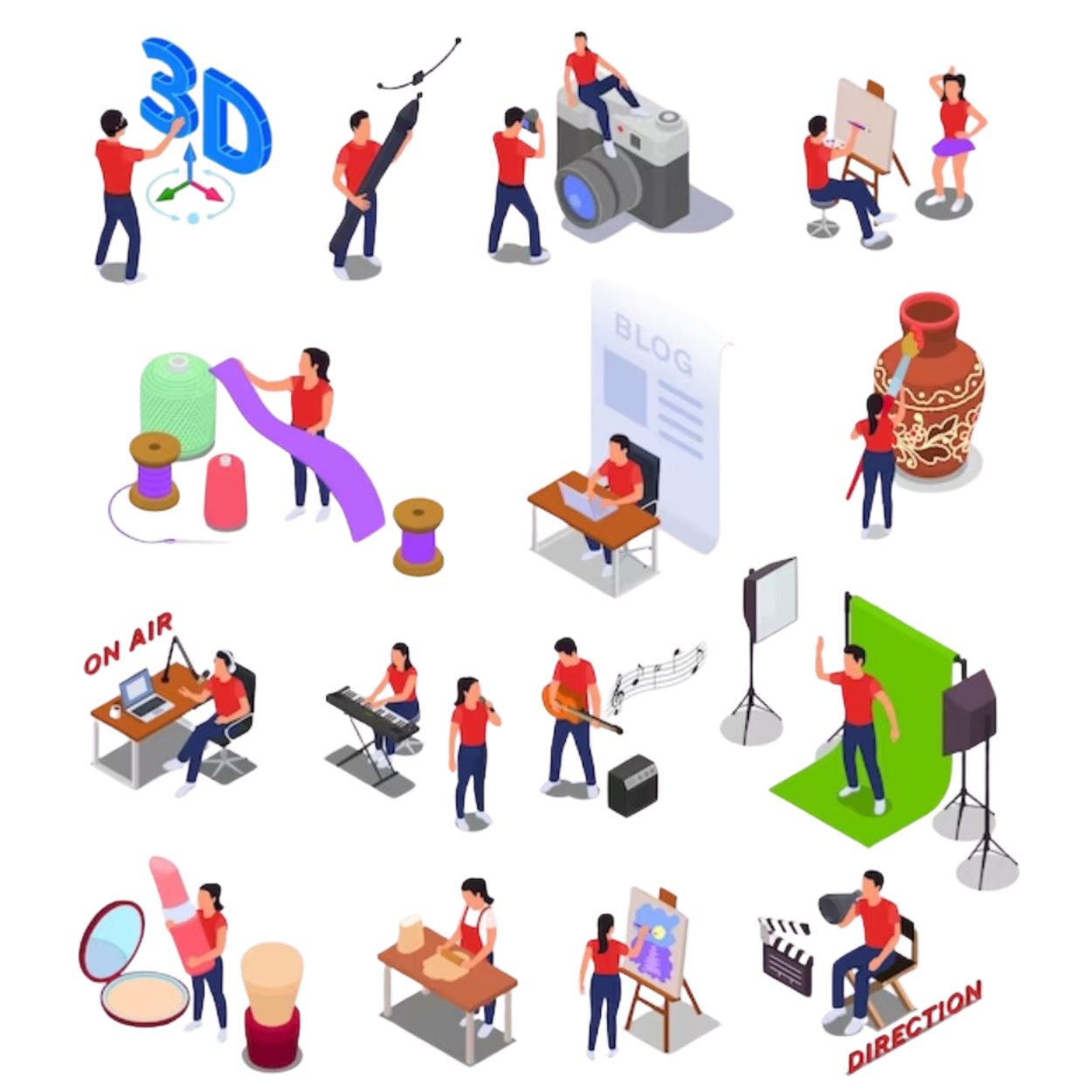
In the age of information overload, the art of storytelling coupled with effective visualization has emerged as a powerful means to convey complex ideas, captivate audiences, and foster a deeper understanding of data-driven narratives. The fusion of storytelling and visualization creates a dynamic synergy, allowing information to transcend mere data points and transform into engaging, memorable stories.
The Power of Storytelling:
Storytelling is an ancient human tradition that transcends cultural and historical boundaries. In the realm of information communication, storytelling introduces a narrative structure that provides context, meaning, and emotional resonance to otherwise disparate pieces of information. By weaving a story, communicators can establish connections with their audience, making information more relatable and memorable.
Key Elements of Effective Storytelling:
The Role of Visualization:
While storytelling sets the stage, visualization serves as the spotlight, bringing the narrative to life through images, charts, graphs, and other visual elements. Visualization enhances comprehension, making complex information more accessible and facilitating a deeper connection with the audience.
Key Aspects of Effective Visualization:
Applications in Business and Beyond:
Challenges and Future Developments:
While the integration of storytelling and visualization offers immense potential, challenges such as balancing simplicity with depth and addressing cultural nuances remain. Future developments may involve advancements in augmented reality (AR) and virtual reality (VR) technologies, providing even more immersive storytelling experiences.
In conclusion, the fusion of storytelling and visualization is a potent tool for communication in the digital age. By crafting narratives that resonate emotionally and presenting them visually, communicators can cut through the noise, leaving a lasting impression on their audience.